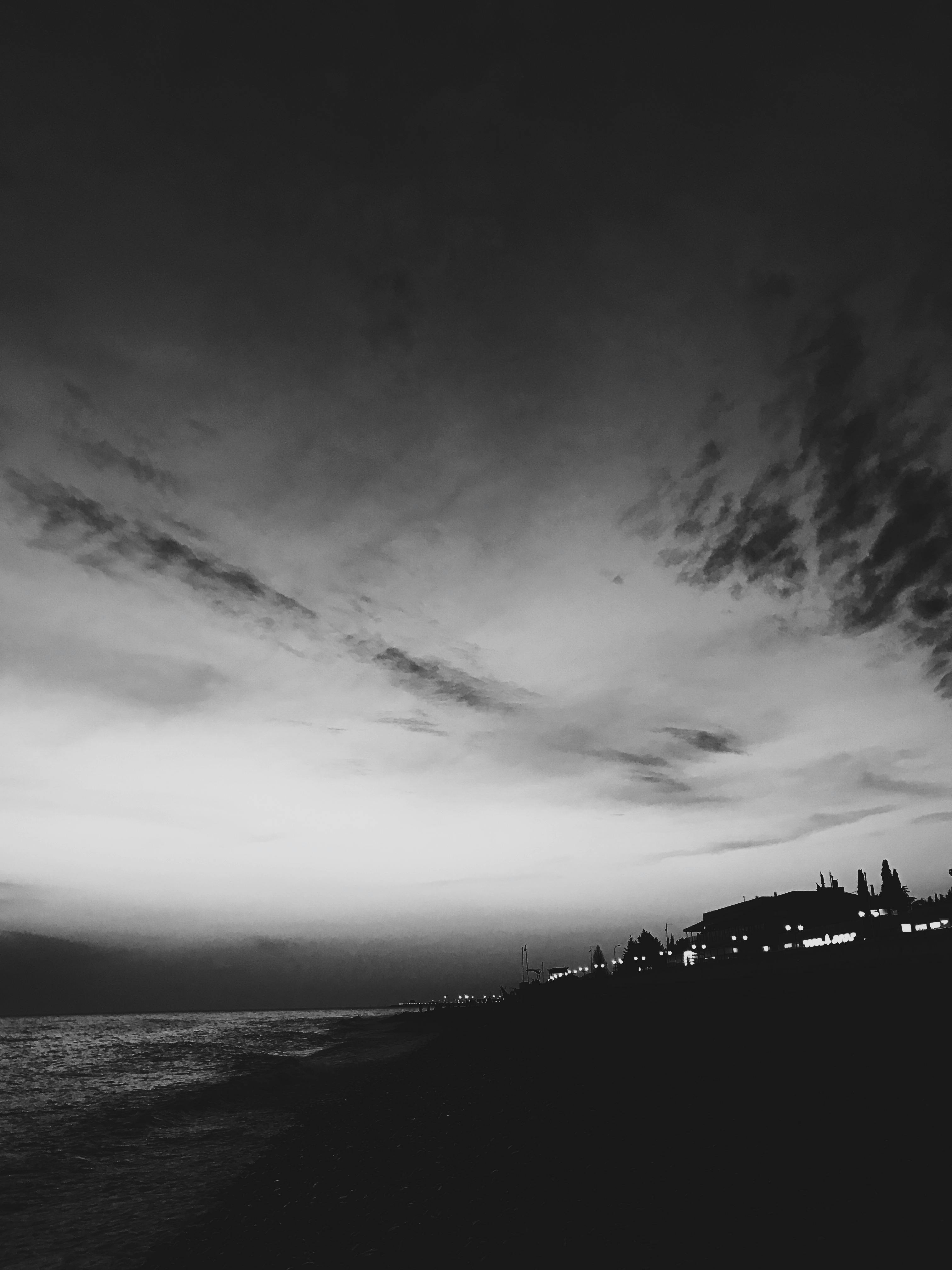
The Future of NFTs in Art and Collectibles: Blockchain, DeFi, and Digital Asset Evolution
The Future of NFTs in Art and Collectibles: Blockchain, DeFi, and Digital Asset Evolution

Understanding the NFT Landscape in 2024
The non-fungible token (NFT) ecosystem has undergone significant transformations since its explosive emergence in 2021. As blockchain technology continues to mature, NFTs are transitioning from speculative digital assets to sophisticated instruments of value representation across art, collectibles, and real-world asset tokenization.
Technological Infrastructure and Protocols
Modern NFT platforms are leveraging advanced blockchain infrastructures that provide enhanced security, interoperability, and compliance. Key technological frameworks include Ethereum's ERC-721 and ERC-1155 standards, which enable sophisticated token generation and management.
Top NFT Protocols in 2024
| Protocol | Jurisdiction | Key Features |
|---|---|---|
| OpenSea | United States | Largest NFT marketplace, multi-chain support |
| Rarible | Switzerland | Decentralized creator-centric platform |
| Binance NFT | Cayman Islands | High-volume trading, cross-blockchain compatibility |
| Immutable X | Australia | Layer-2 scaling solution, zero gas fees |
Legal Frameworks and Compliance
International jurisdictions have developed nuanced regulatory approaches to digital assets. The United States Securities and Exchange Commission (SEC) and the Swiss Financial Market Supervisory Authority (FINMA) have established comprehensive guidelines for NFT classification and trading.
Regulatory Considerations
Different jurisdictions offer unique regulatory environments for NFT development and trading:
- United States: Strict securities regulations with emphasis on investor protection
- British Virgin Islands: Flexible corporate structures for digital asset companies
- Switzerland: Progressive blockchain-friendly legal framework
- Liechtenstein: Advanced tokenization legislation
Market Trends and Economic Impact
According to recent market research, the global NFT market is projected to reach $231 billion by 2030, with significant growth in art, gaming, and real-world asset tokenization. The integration of decentralized finance (DeFi) principles has expanded NFT utility beyond simple ownership.
NFT Market Statistics (2023-2024)
| Metric | Value |
|---|---|
| Total Market Cap | $68 billion |
| Annual Growth Rate | 32.5% |
| Unique Collectors | 2.5 million |
| Average NFT Price | $1,200 |
Emerging Use Cases
Beyond digital art, NFTs are revolutionizing industries through:
- Real estate fractional ownership
- Intellectual property rights management
- Supply chain verification
- Digital identity authentication
Technological Innovations
Advanced blockchain networks like Polkadot and Solana are developing cross-chain NFT standards that enhance interoperability and reduce transaction costs. These innovations are crucial for mainstream NFT adoption.
RWA.codes: Your Strategic Partner
At RWA.codes, we specialize in developing sophisticated blockchain solutions that transform complex digital asset challenges into streamlined, compliant platforms. Our expertise spans legal frameworks, technological infrastructure, and strategic implementation across multiple jurisdictions.
Our services include:
- Custom NFT platform development
- Regulatory compliance consulting
- Blockchain architecture design
- Digital asset strategy optimization